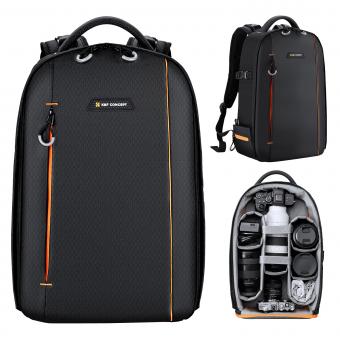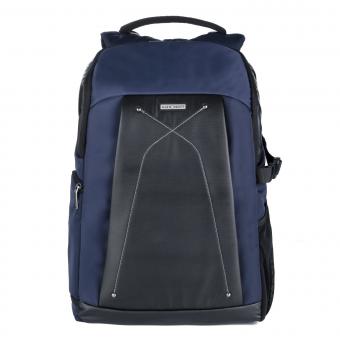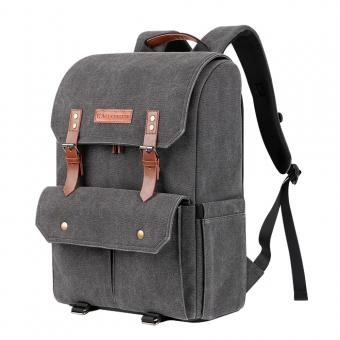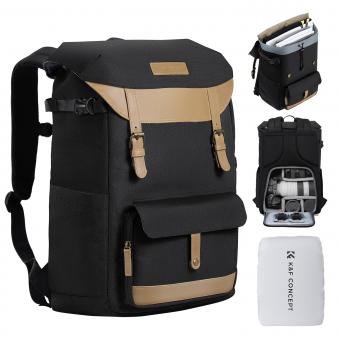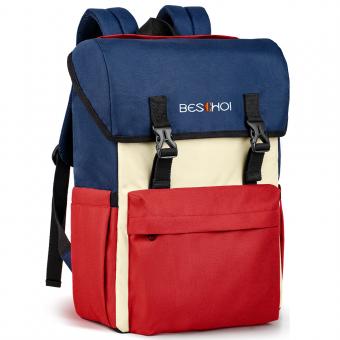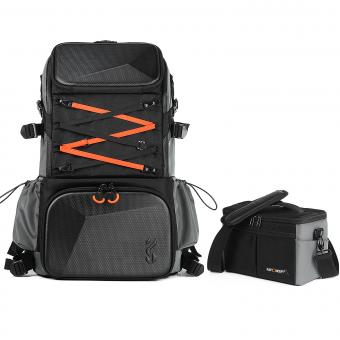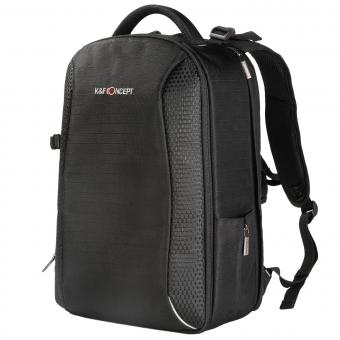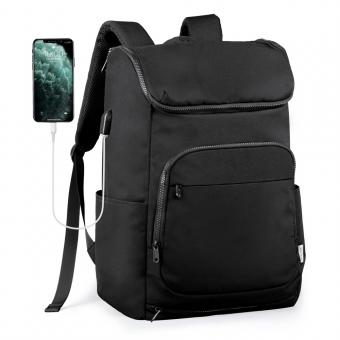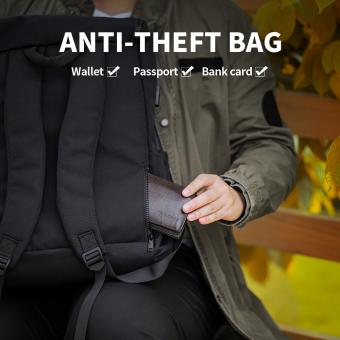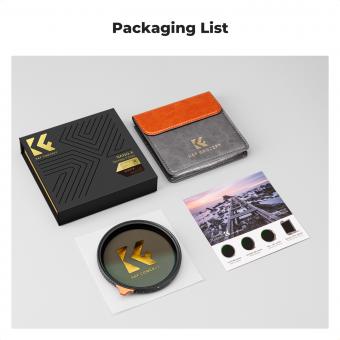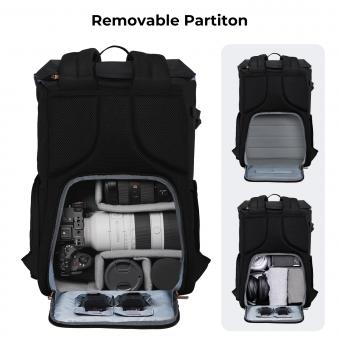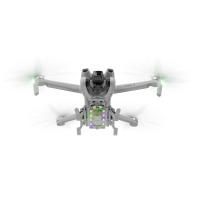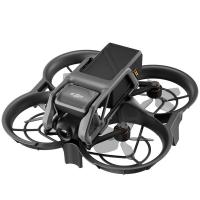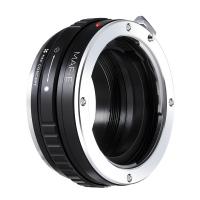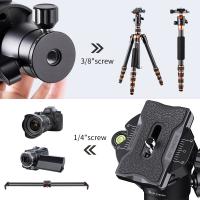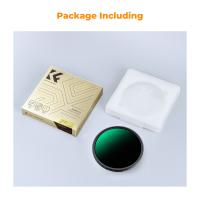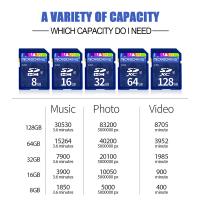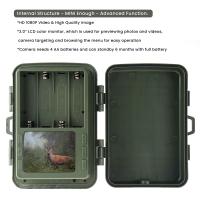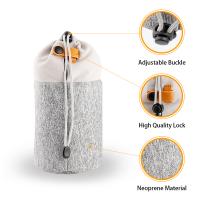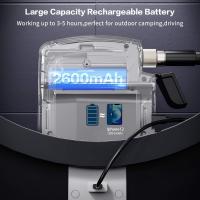How To Carry A Camera In A Backpack ?
To carry a camera in a backpack, you can use a camera insert or a padded camera bag to protect your camera and lenses from any potential damage. Place the camera in the insert or bag and ensure it is securely closed. Then, position the camera insert or bag in the main compartment of your backpack, making sure it is well-padded and won't move around too much. You can also use additional padding, such as lens wraps or foam dividers, to provide extra protection. It's important to place the camera in a way that it won't be crushed or jostled during movement. Additionally, consider using a backpack with a dedicated camera compartment or a backpack specifically designed for carrying camera gear, as they often have additional features like adjustable dividers and quick access points.
1、 Camera Protection: Padding and compartments for safe storage.
Camera Protection: Padding and compartments for safe storage.
When it comes to carrying a camera in a backpack, the most important aspect to consider is camera protection. A camera is a delicate and expensive piece of equipment, and it is crucial to ensure its safety while on the move. Here are some tips on how to carry a camera in a backpack while providing adequate protection:
1. Padding: Invest in a backpack that offers sufficient padding. Look for a bag with a dedicated camera compartment that has thick padding on all sides. This will help absorb any shocks or impacts that may occur during transportation. Additionally, consider using a camera wrap or sleeve for extra cushioning.
2. Compartments: Opt for a backpack that has multiple compartments specifically designed for camera gear. This will allow you to organize your equipment and prevent any potential damage caused by items shifting or rubbing against each other. Keep your camera body, lenses, and accessories in separate compartments to avoid scratches or accidental damage.
3. Secure Straps: Ensure that your backpack has secure straps to hold your camera in place. Look for adjustable straps or dividers that can be customized to fit your camera snugly. This will prevent any movement or jostling within the bag, reducing the risk of damage.
4. Weather Resistance: Consider a backpack that offers weather resistance or includes a rain cover. This will protect your camera from moisture, dust, and other environmental elements that could potentially harm it.
5. Accessibility: Choose a backpack that allows easy access to your camera. Look for bags with side or front openings, allowing you to quickly retrieve your camera without having to dig through the entire backpack. This will also minimize the chances of accidentally dropping or damaging your camera while trying to retrieve it.
In conclusion, when carrying a camera in a backpack, prioritize camera protection by investing in a backpack with adequate padding, compartments, and secure straps. Additionally, consider weather resistance and accessibility features to ensure the safety of your camera while on the move.
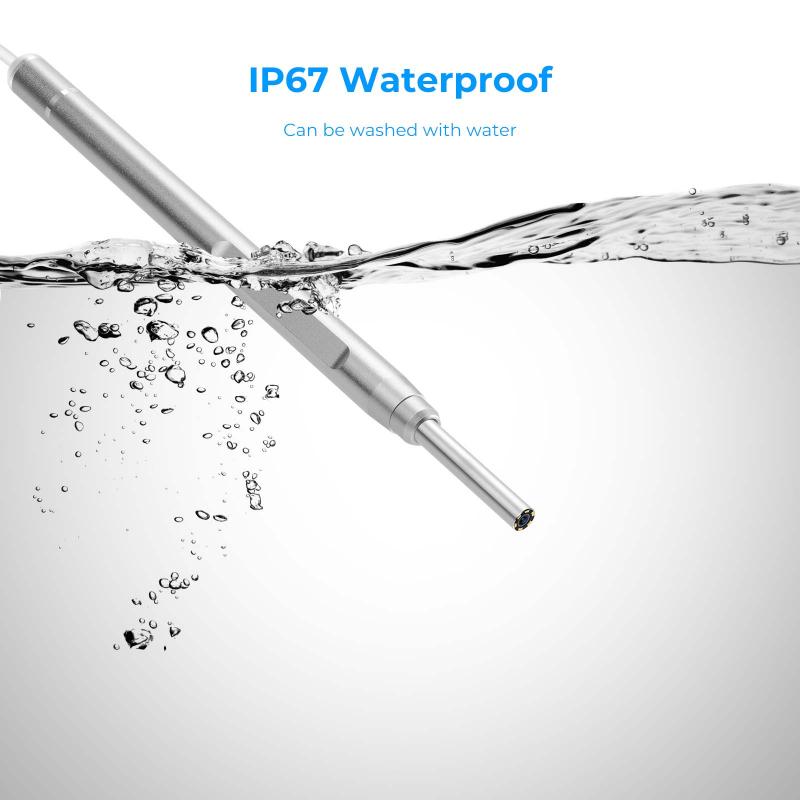
2、 Accessibility: Quick and easy access to the camera.
How to carry a camera in a backpack:
One of the most important factors to consider when carrying a camera in a backpack is accessibility. Quick and easy access to the camera ensures that you can capture those spontaneous moments without any delay. Here are some tips on how to achieve this:
1. Choose a backpack with a dedicated camera compartment: Look for a backpack that has a separate compartment specifically designed to hold your camera and its accessories. This compartment should have padded dividers to keep your gear safe and organized.
2. Opt for a backpack with side or front access: Backpacks that offer side or front access to the camera compartment allow you to quickly grab your camera without having to take off the entire backpack. This feature is especially useful when you're on the move and don't want to waste time.
3. Utilize quick-release straps or clips: Some backpacks come with quick-release straps or clips that allow you to easily detach the camera from the backpack. This enables you to have your camera ready for action within seconds.
4. Consider a backpack with a top-loading option: Top-loading backpacks provide easy access to your camera by simply unzipping the top lid. This design allows you to reach your camera without having to open the entire backpack, saving you time and effort.
5. Use a camera insert or protective case: If your backpack doesn't have a dedicated camera compartment, consider using a camera insert or a protective case. These accessories can be placed inside your backpack, providing cushioning and organization for your camera gear.
In conclusion, when carrying a camera in a backpack, prioritize accessibility to ensure quick and easy access to your camera. Choose a backpack with a dedicated camera compartment, side or front access, quick-release straps or clips, or a top-loading option. Additionally, consider using a camera insert or protective case if needed. By following these tips, you can conveniently carry your camera while keeping it easily accessible for capturing those special moments.

3、 Weight Distribution: Properly distributing weight for comfortable carrying.
How to Carry a Camera in a Backpack: Weight Distribution
When it comes to carrying a camera in a backpack, proper weight distribution is crucial for both comfort and the safety of your equipment. Here are some tips to ensure you carry your camera gear efficiently and comfortably.
1. Use a Camera Insert: Invest in a camera insert or padded dividers specifically designed for backpacks. These inserts provide cushioning and help organize your gear, preventing it from shifting and causing discomfort.
2. Place Heavier Items Closest to Your Back: When packing your backpack, position the heavier camera bodies, lenses, or accessories closest to your back. This helps maintain balance and stability, reducing strain on your shoulders and back.
3. Utilize Waist and Sternum Straps: Most camera backpacks come with waist and sternum straps. These straps help distribute the weight evenly across your body, relieving pressure from your shoulders. Adjust them to fit snugly but comfortably.
4. Consider a Backpack with a Dedicated Camera Compartment: Backpacks designed specifically for photographers often have a separate compartment for camera gear. This compartment usually has additional padding and dividers, providing extra protection and organization.
5. Use a Tripod Holder: If you frequently carry a tripod, look for a backpack with a dedicated tripod holder. This feature allows you to securely attach your tripod to the backpack, distributing its weight evenly and leaving your hands free.
6. Adjust the Backpack Straps: Ensure that the backpack straps are adjusted to fit your body properly. The straps should be snug but not too tight, allowing for easy movement and weight distribution.
7. Consider the Latest Innovations: As technology advances, new backpack designs and materials are constantly emerging. Keep an eye out for the latest innovations, such as ergonomic designs, breathable materials, and adjustable suspension systems, which can enhance comfort and weight distribution.
Remember, everyone's body is different, so it's essential to experiment with different adjustments and configurations to find what works best for you. By prioritizing weight distribution and comfort, you can enjoy your photography adventures without unnecessary strain or discomfort.

4、 Organization: Separate compartments for camera accessories and personal items.
How to carry a camera in a backpack? One effective way is to ensure proper organization within the backpack. By having separate compartments for camera accessories and personal items, you can keep your camera safe and easily accessible while also maintaining a well-organized backpack.
Having dedicated compartments for camera accessories such as lenses, batteries, memory cards, and cables helps to protect them from damage and keeps them organized. This way, you won't have to rummage through your backpack to find what you need, saving you time and preventing any potential mishaps. Additionally, it helps to have dividers or padded inserts within these compartments to provide extra protection and prevent items from shifting around during transit.
Separating camera accessories from personal items is crucial to avoid any accidental damage. Personal items like keys, water bottles, or snacks can potentially scratch or damage the camera or its accessories. By keeping them in separate compartments, you can ensure that your camera remains safe and in optimal condition.
Moreover, consider the latest point of view when organizing your backpack. With the advancements in camera technology, it is essential to have compartments that can accommodate the latest camera models and their accessories. For example, if you have a mirrorless camera, you may need compartments that can fit smaller lenses and accessories specifically designed for mirrorless systems.
In conclusion, organizing your backpack with separate compartments for camera accessories and personal items is an effective way to carry a camera. It ensures the safety and accessibility of your camera while also maintaining a well-organized backpack. Stay up to date with the latest advancements in camera technology to ensure your backpack can accommodate the latest camera models and their accessories.


